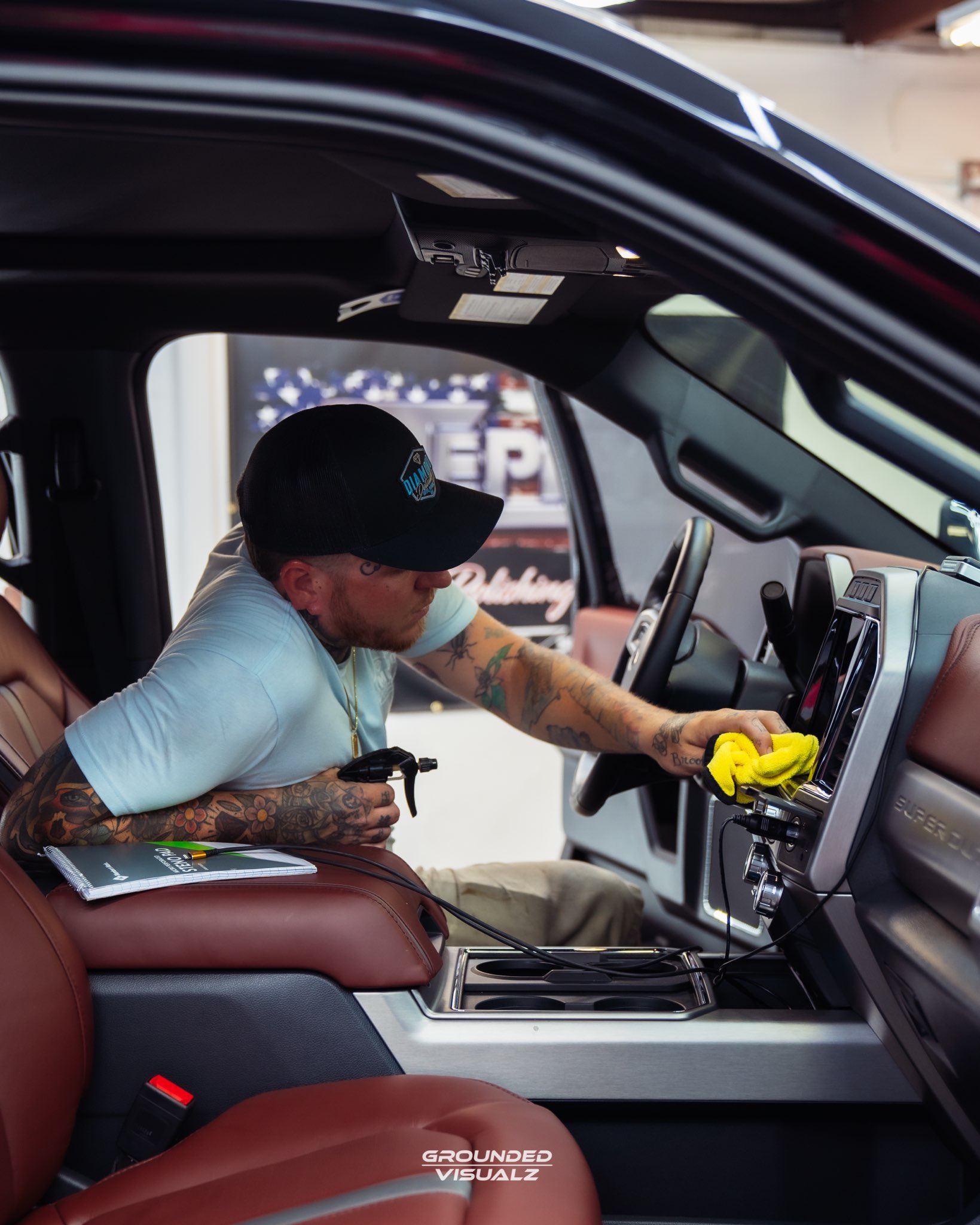What Happens If You Don’t Clay Bar Your Car?
- Jon Snyder

- Jan 2
- 2 min read

Regular car care is essential to maintaining your vehicle’s paintwork, and clay bar treatment is a crucial step that many overlook. Skipping this step can have lasting consequences on your car’s appearance and the effectiveness of other detailing processes like waxing or polishing. In this blog, we’ll explore what happens if you don’t clay bar your car, why it matters, and how it fits into a proper auto detailing routine.
What is Clay Bar Treatment?
Clay bar treatment is a process that uses a specialized clay bar to remove bonded contaminants from your car’s paintwork. These contaminants, such as tree sap, brake dust, and industrial fallout, adhere to the surface and can’t be removed with regular washing. A clay bar treatment leaves your car’s surface smooth and clean, creating an ideal foundation for waxing or polishing.
Why Clay Bar Treatment Is Important
Failing to clay bar your car can result in several issues:
Compromised Waxing Results
Waxing your car over a contaminated surface can seal in dirt and debris, leading to an uneven finish. Without clay barring, the wax may not bond properly to the paint, reducing its shine and protective properties.
Dull Paintwork
Contaminants stuck on your car’s surface can dull its paint, even after a thorough wash. Over time, these impurities build up, making your car look older and less vibrant.
Scratches and Swirl Marks
Skipping the clay bar step increases the risk of scratching or swirling your paint during waxing or polishing. The debris left on the surface can act like sandpaper when rubbed in, causing fine scratches that damage the paint.
Reduced Longevity of Protective Coatings
Clay barring is essential for preparing the surface before applying wax, sealants, or ceramic coatings. A contaminated surface prevents these products from adhering properly, reducing their effectiveness and lifespan.
What Happens Over Time?
Over time, contaminants that aren’t removed can penetrate deeper into the paint, leading to:
Oxidation: This causes the paint to lose its gloss and develop a chalky appearance.
Corrosion: Embedded contaminants like metal particles can cause rust spots on the paintwork.
Paint Degradation: Long-term neglect can lead to irreversible damage, requiring costly repairs or repainting.
How to Know If Your Car Needs Clay Barring
You can perform a simple test to check if your car needs a clay bar treatment. After washing, run your hand over the paintwork. If it feels rough or gritty, it’s a sign that contaminants are stuck on the surface and need to be removed.




Comments